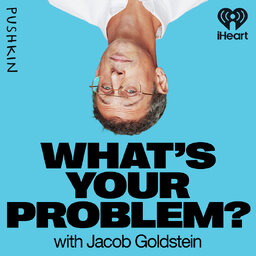Spotting Wildfires with AI
Sonia Kastner is the founder and CEO of Pano. Sonia’s problem is this: How do you use data and machine learning to mitigate the damage caused by climate change?
Pano mounts cameras on remote mountaintop towers, then sends images from the cameras to an AI model trained to spot wildfire smoke. The goal is to alert fire crews early, before the fire spreads.
 What's Your Problem?
What's Your Problem?


